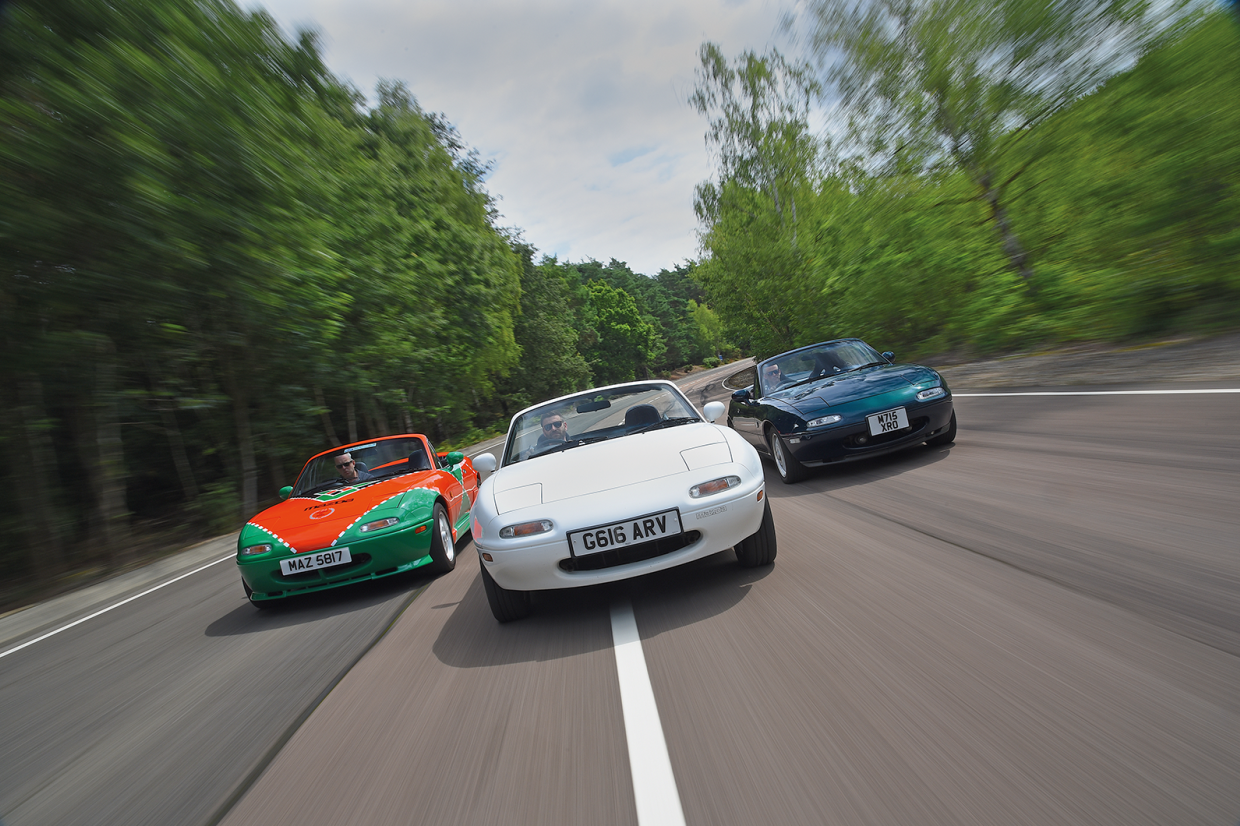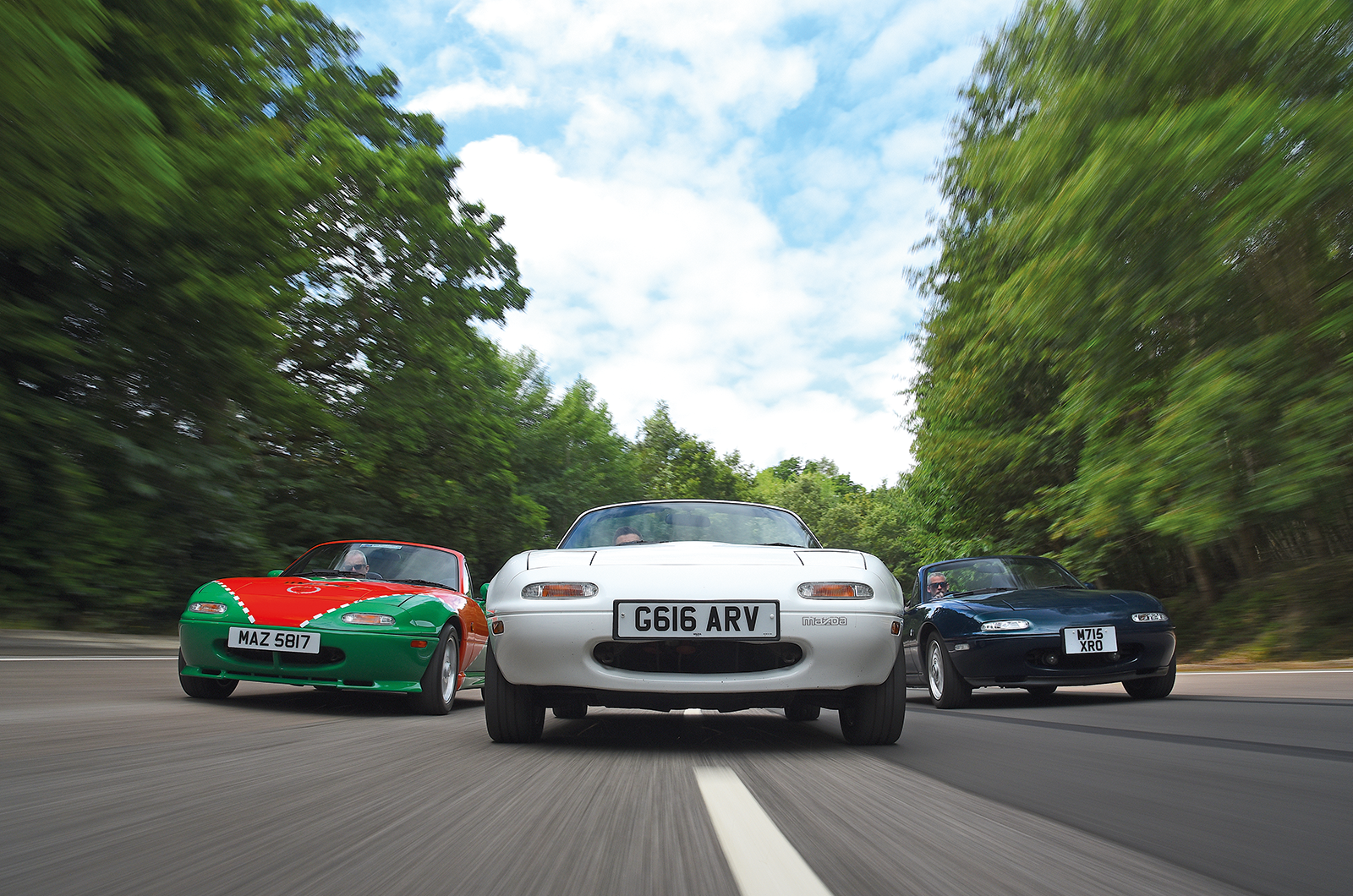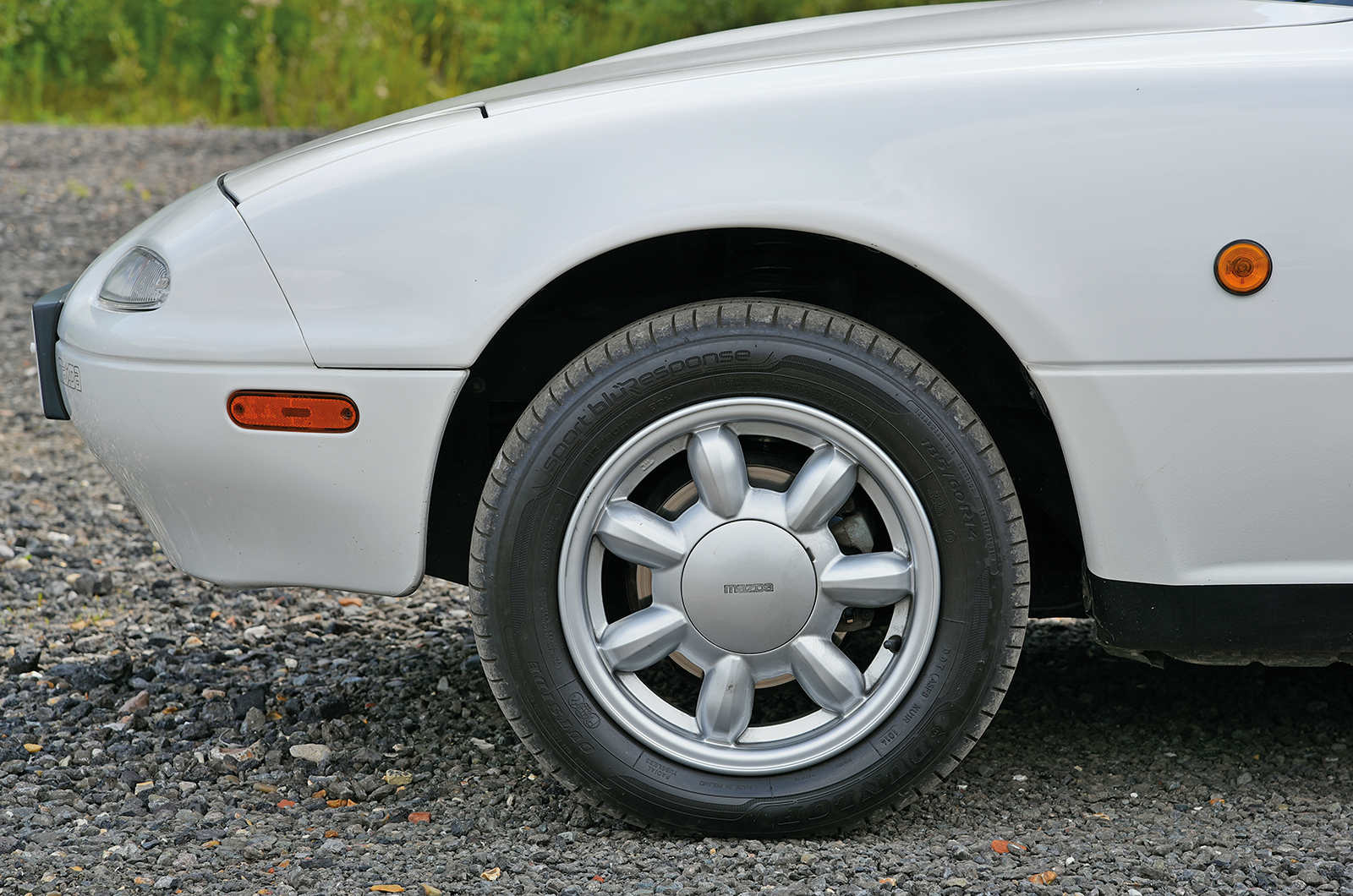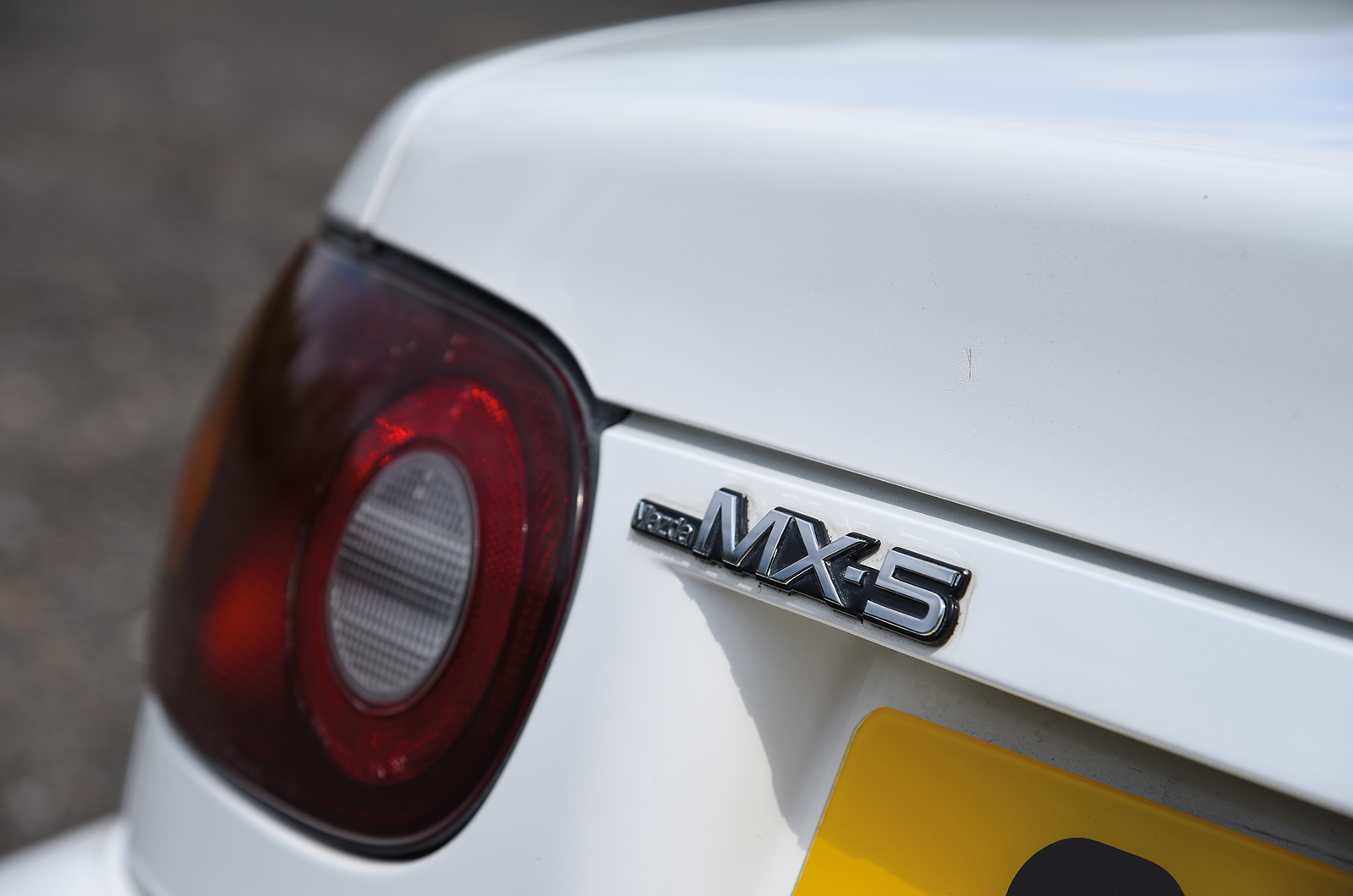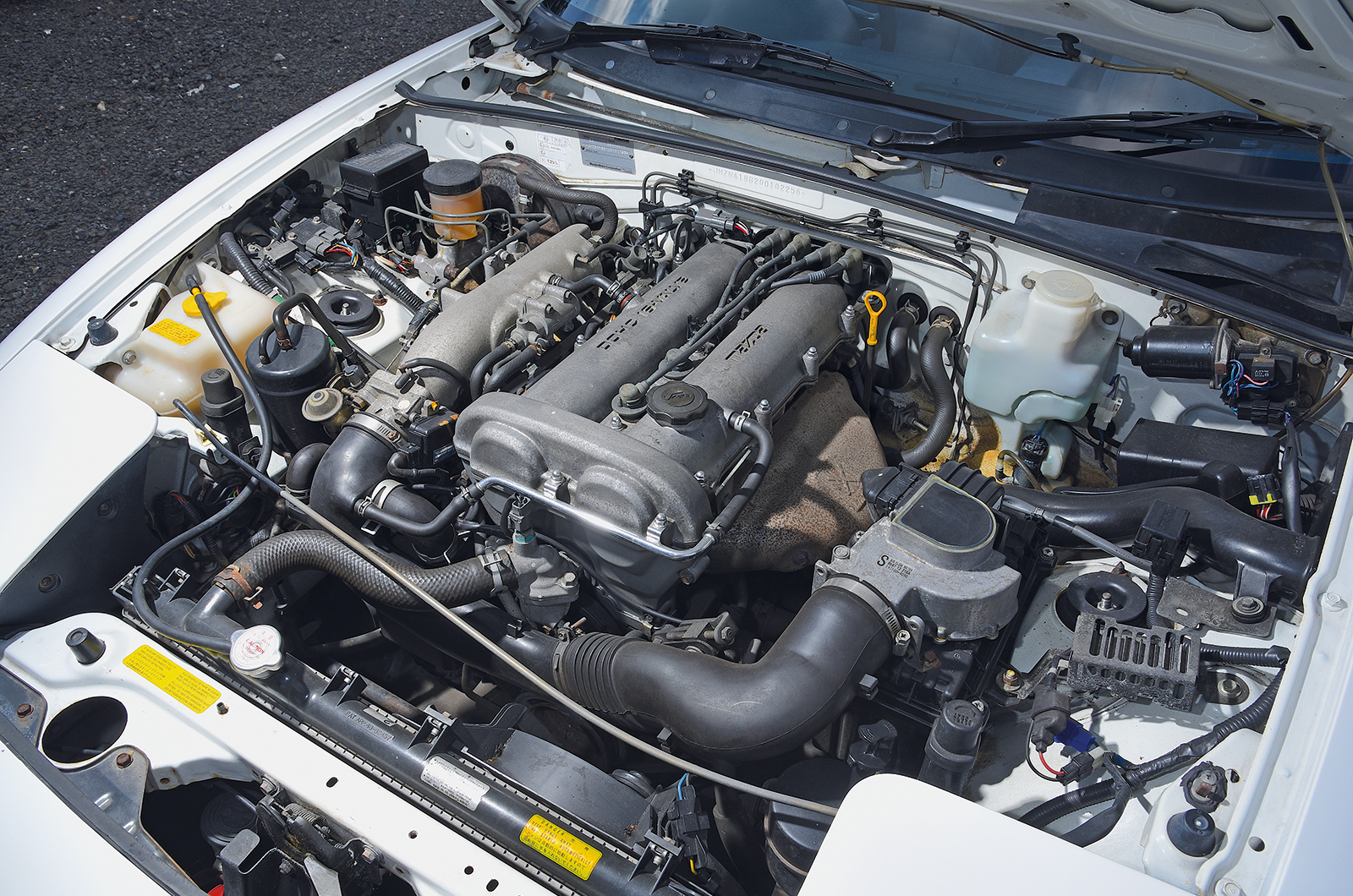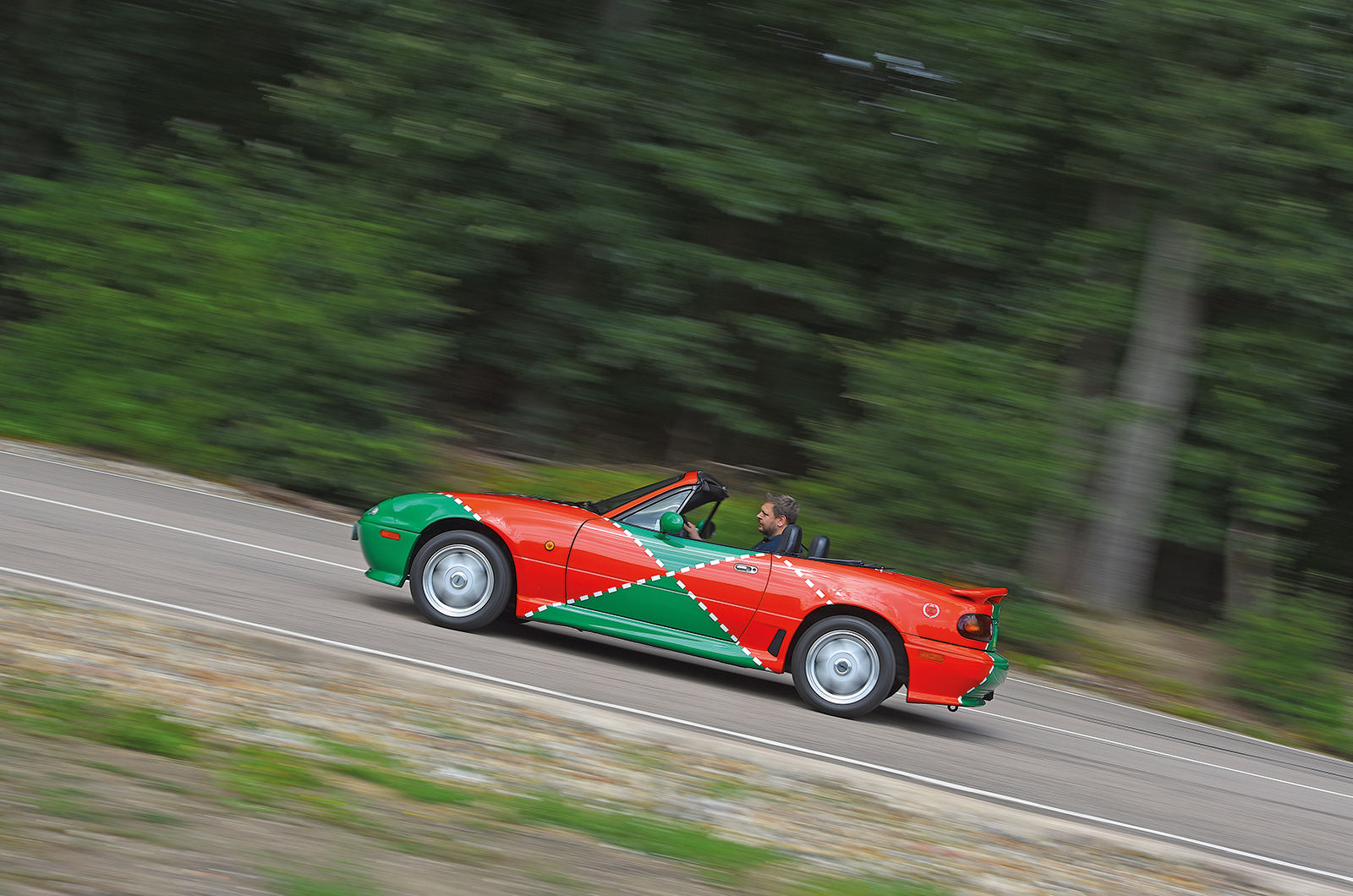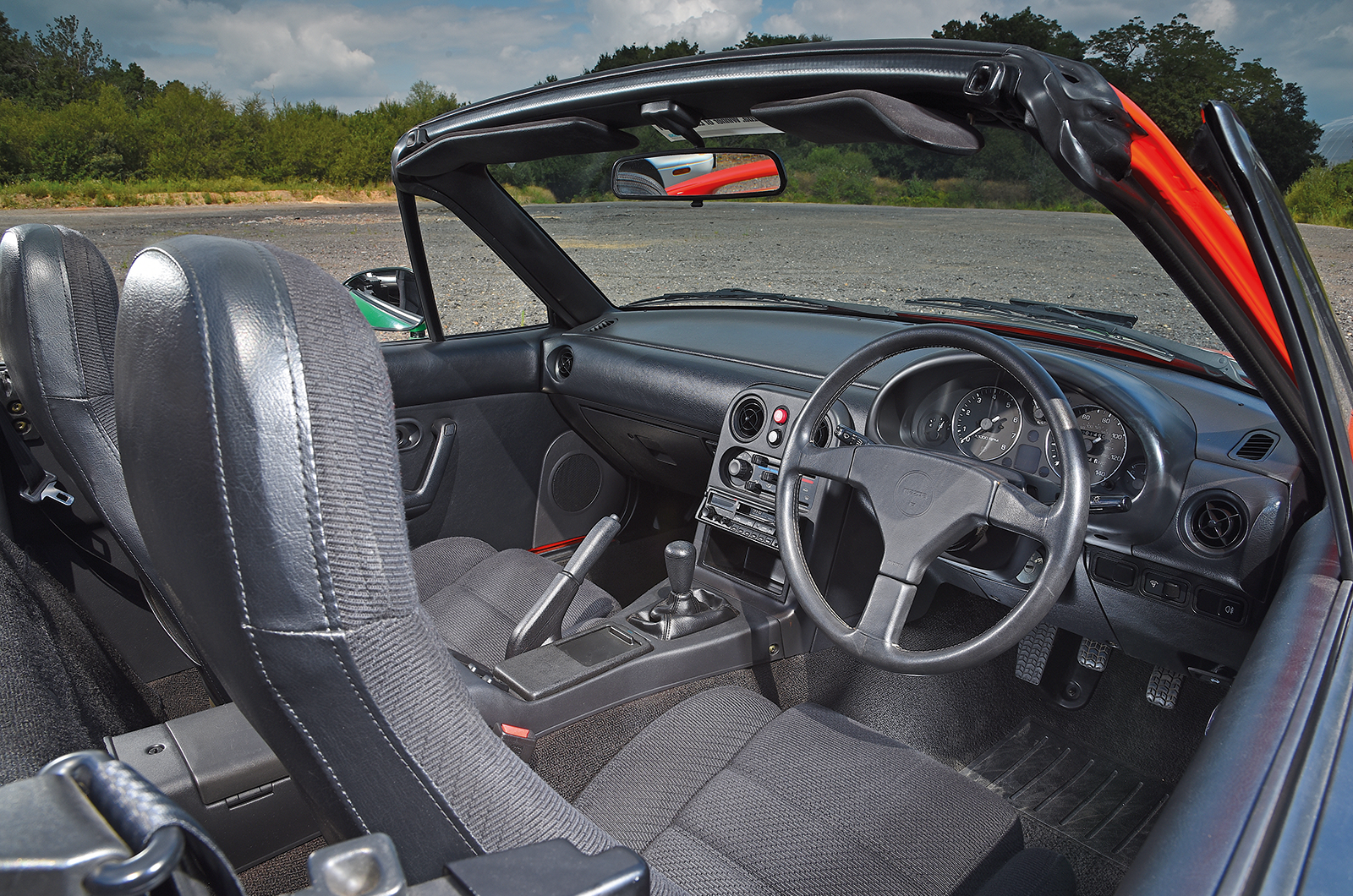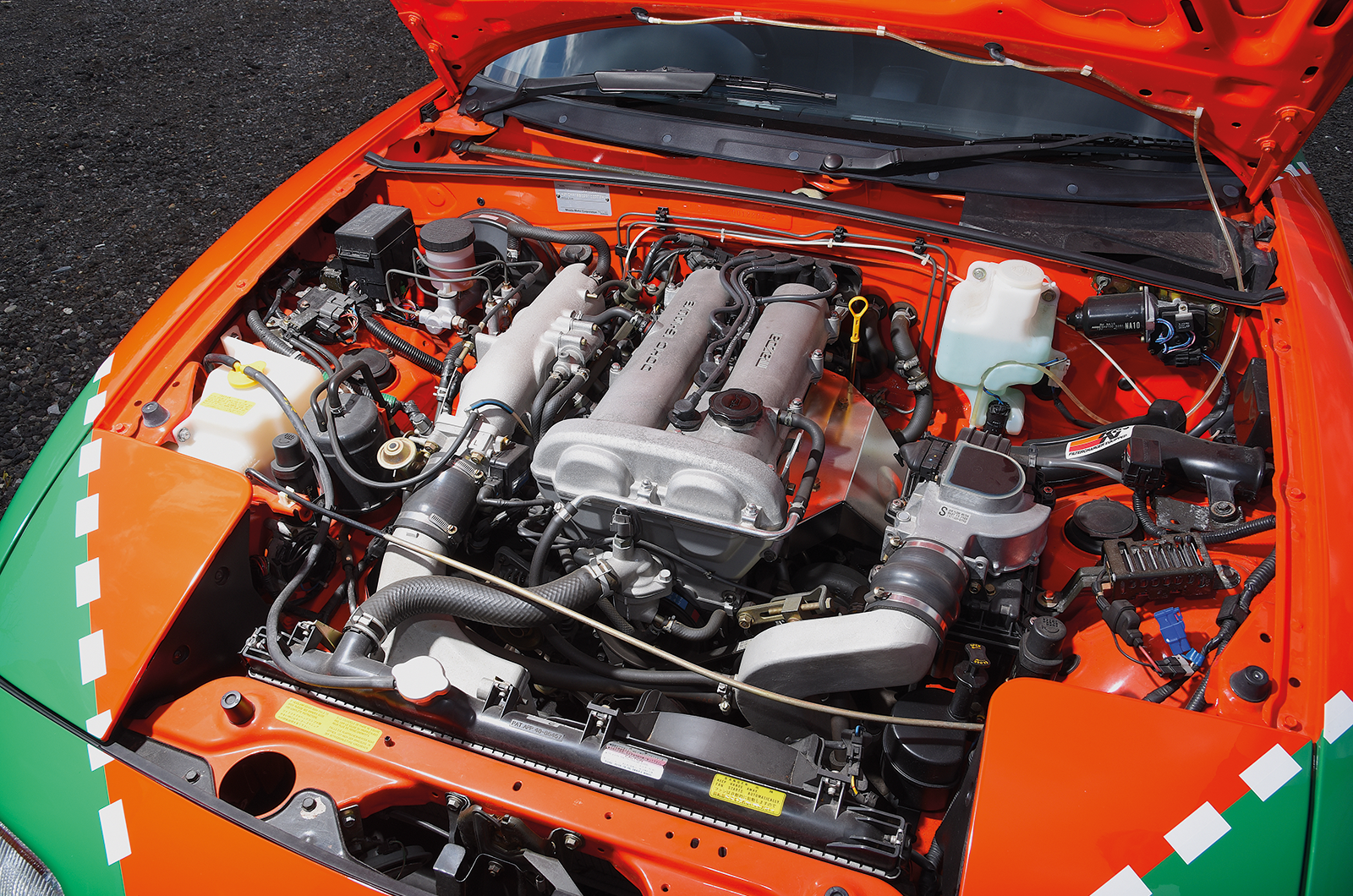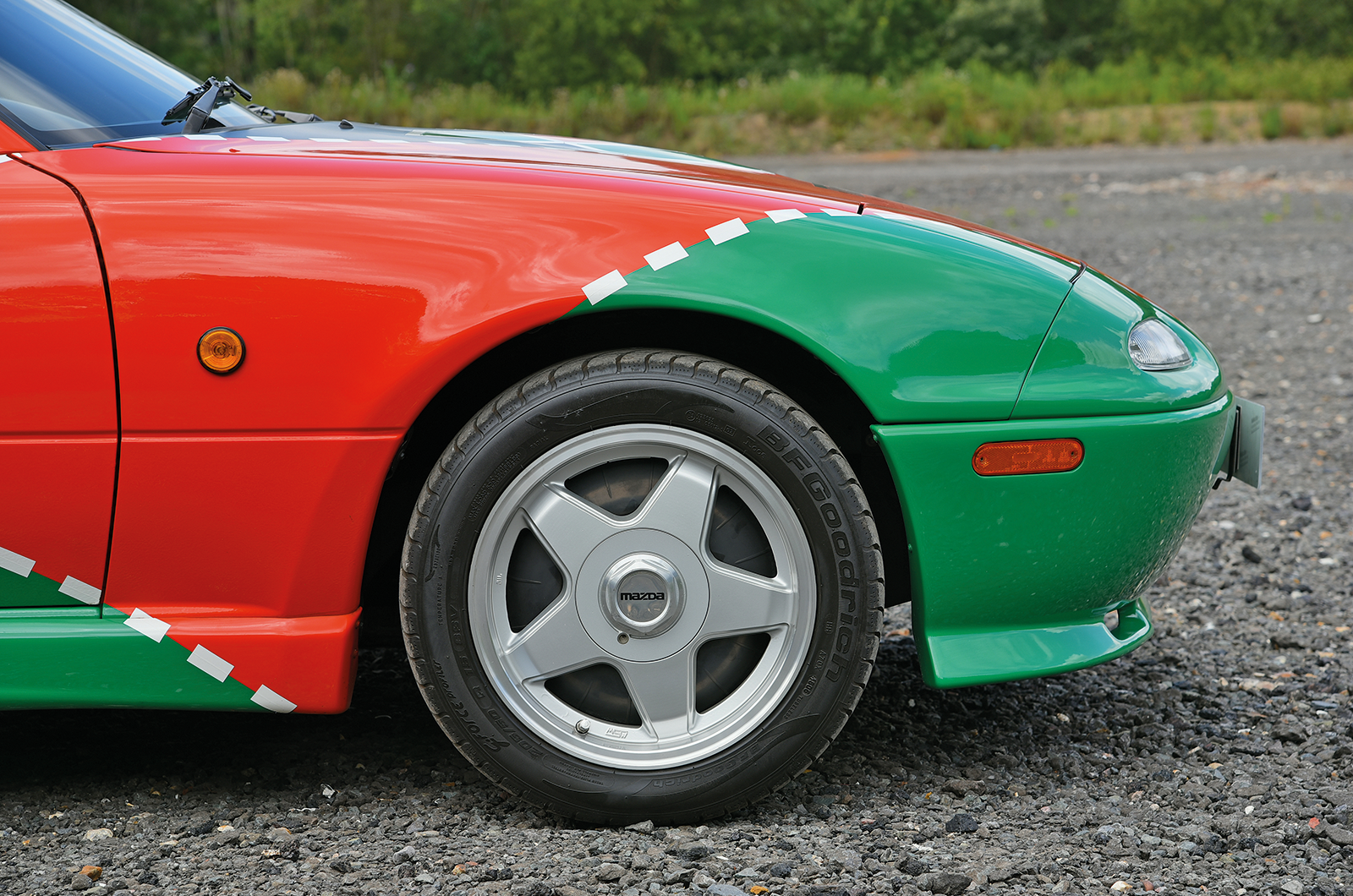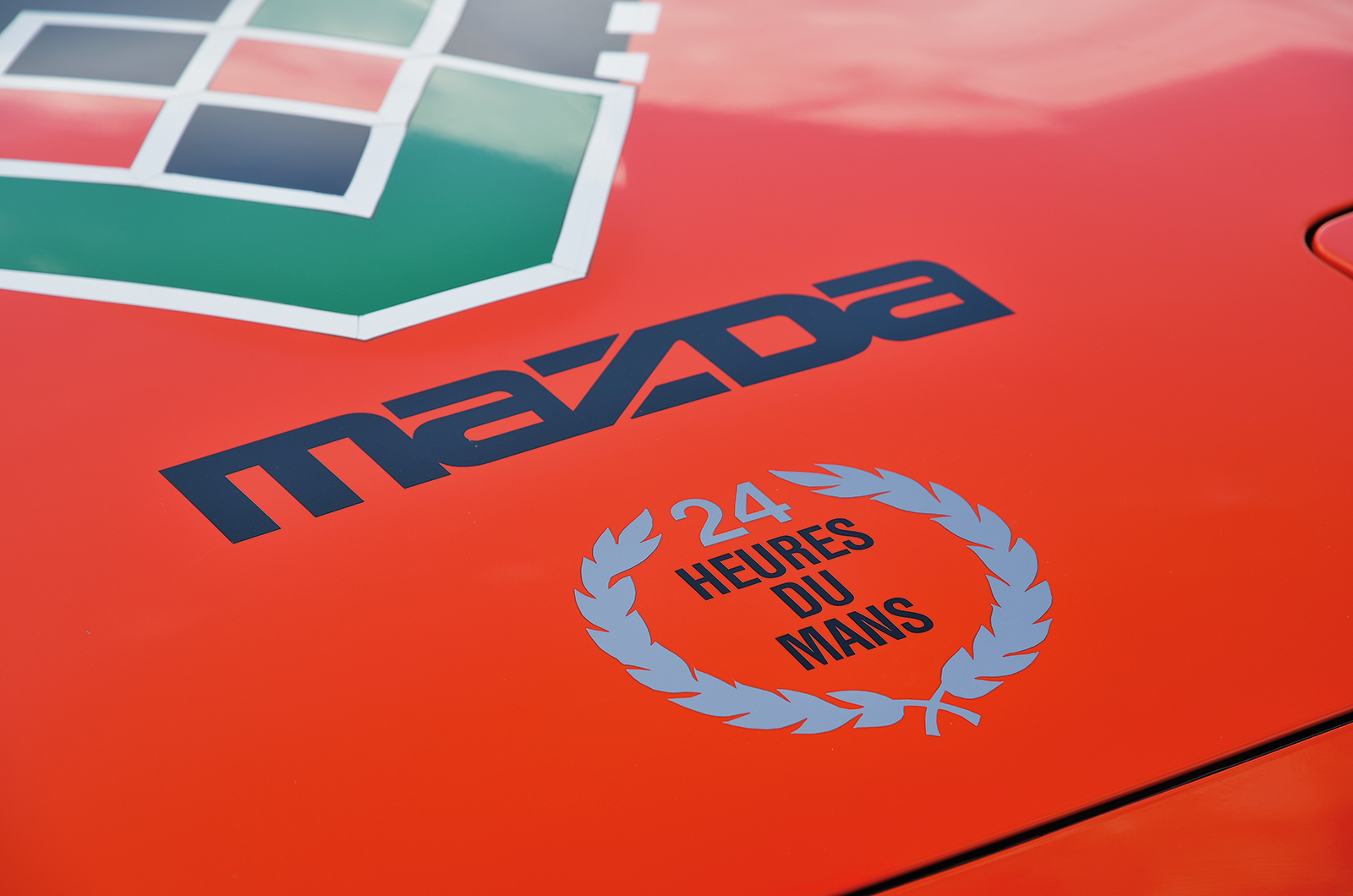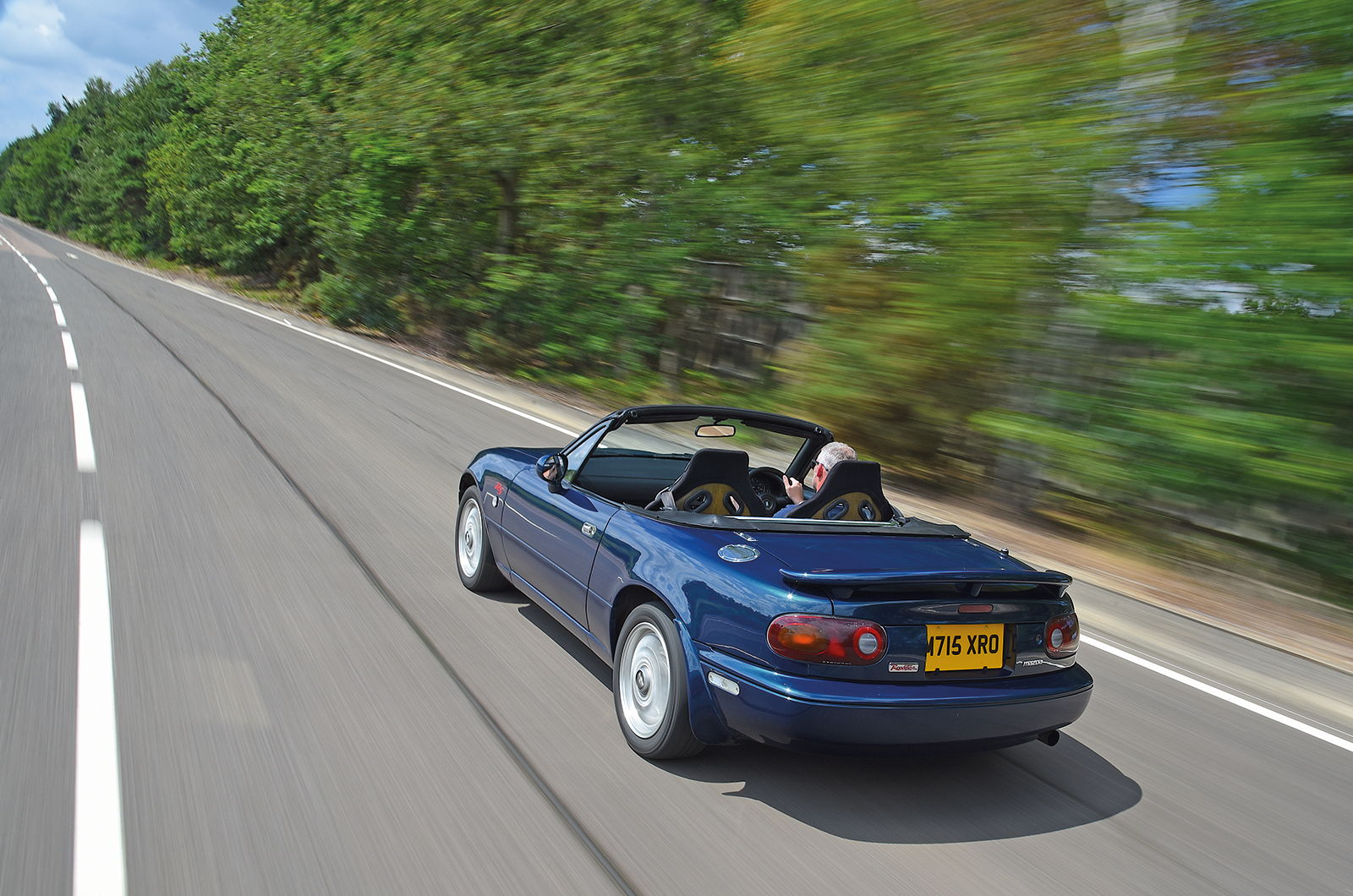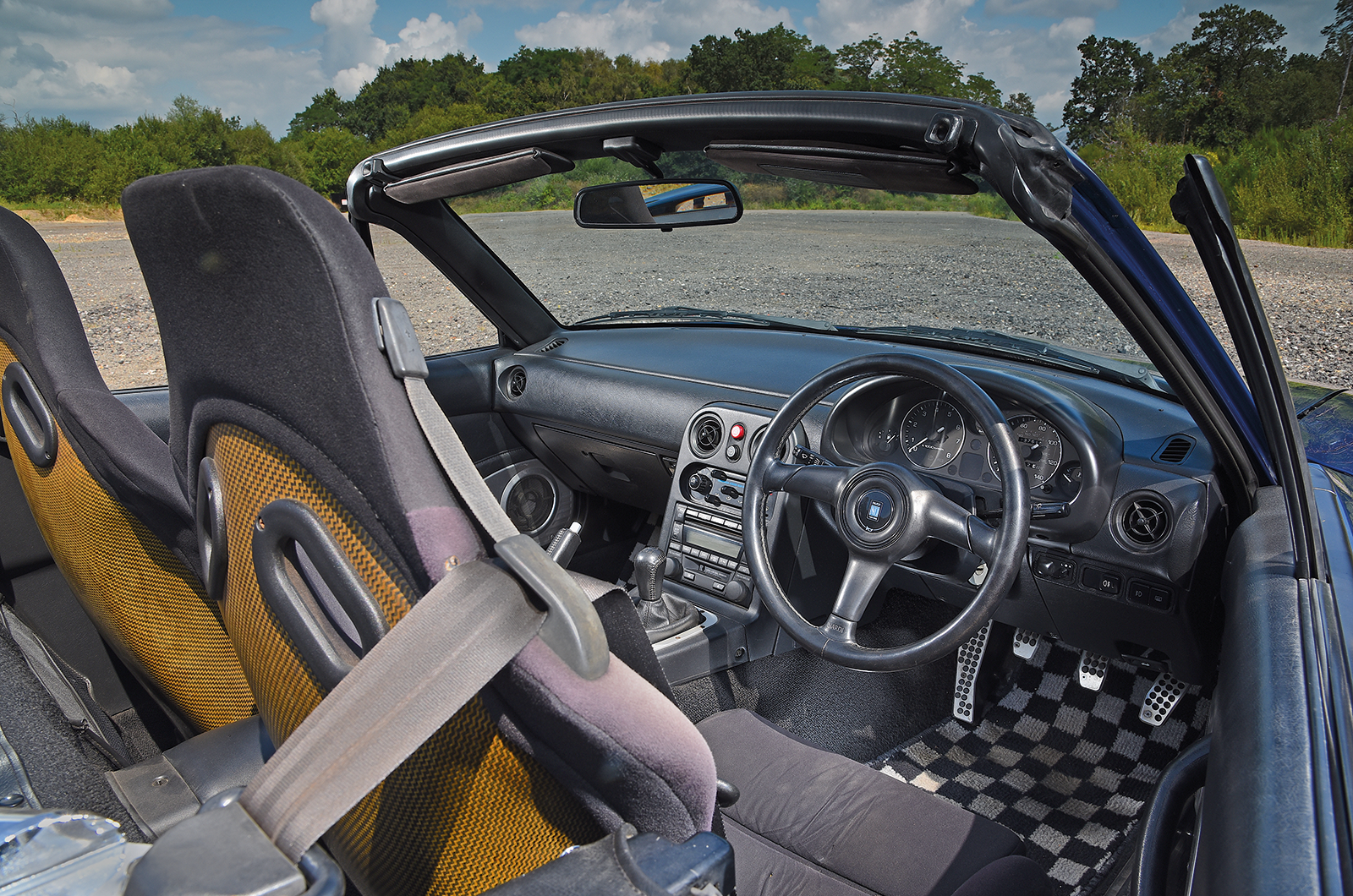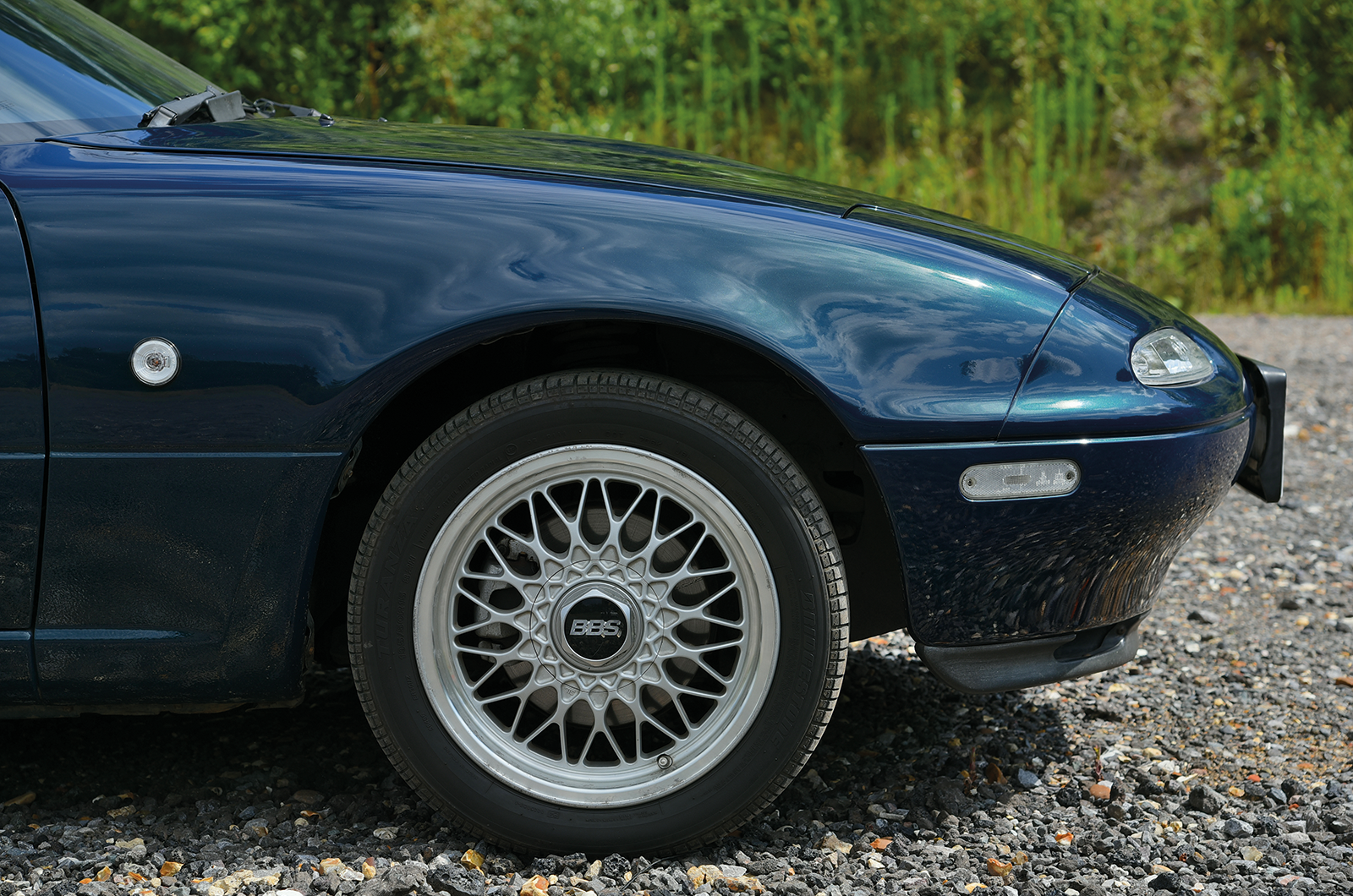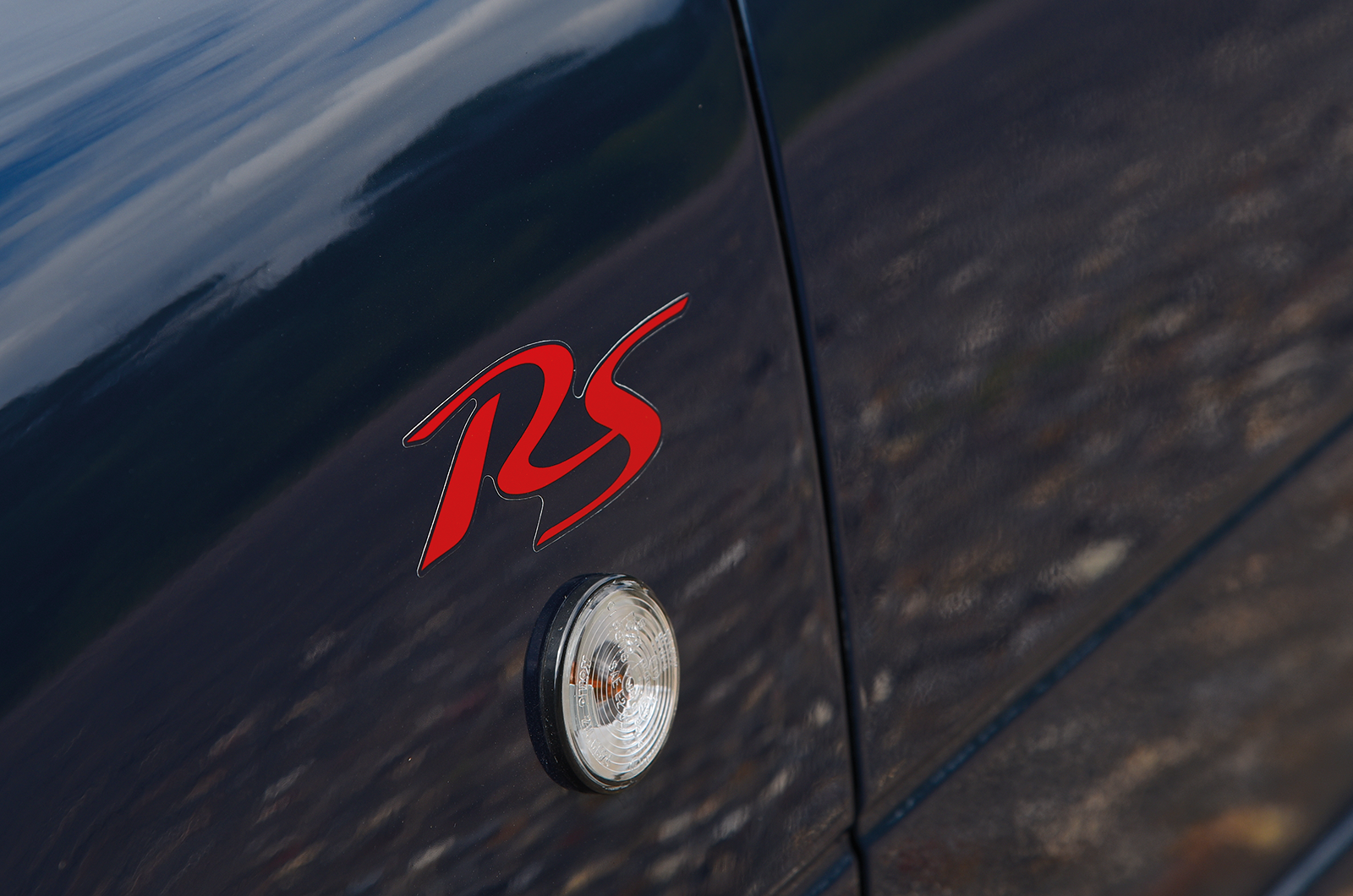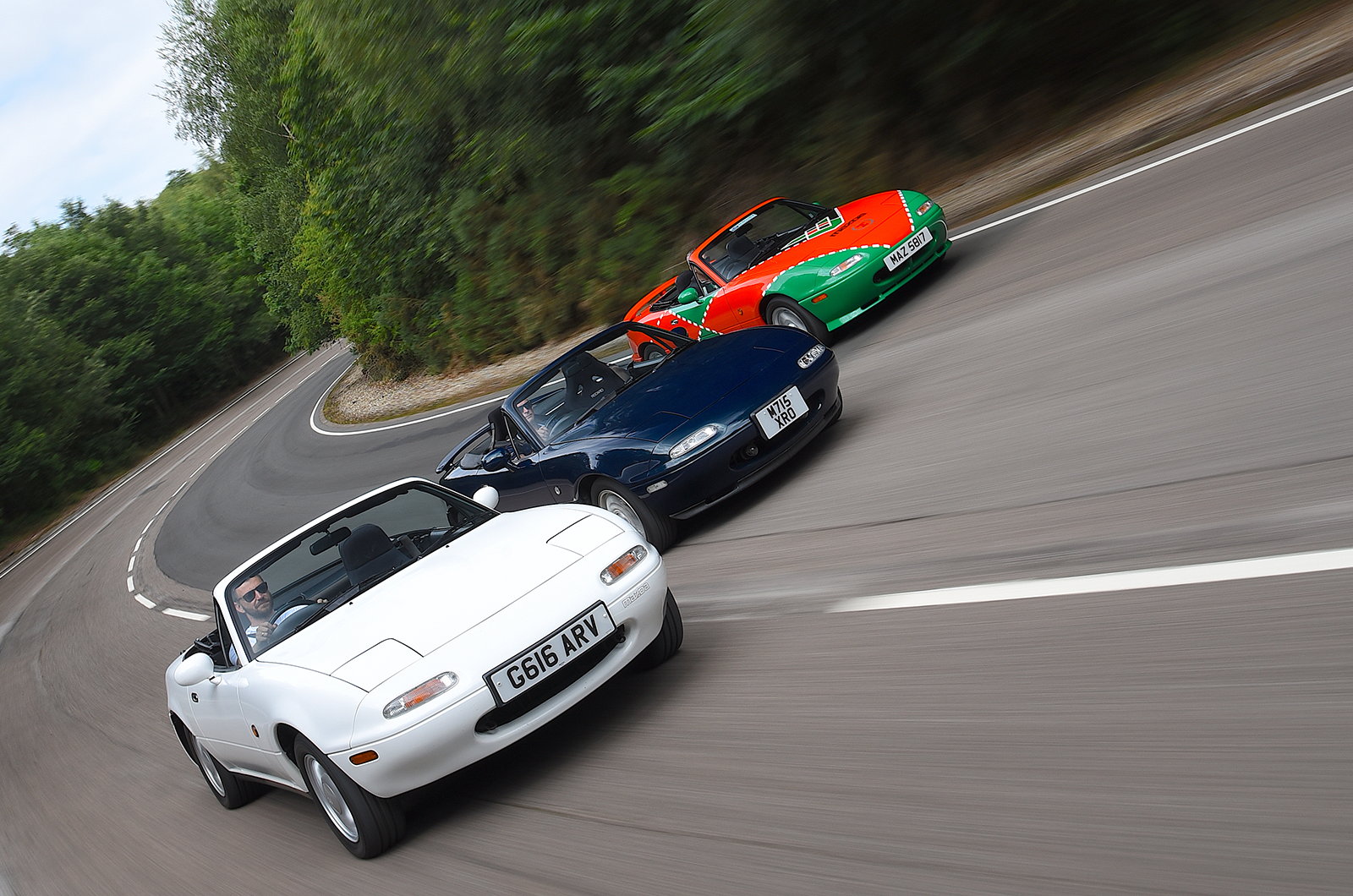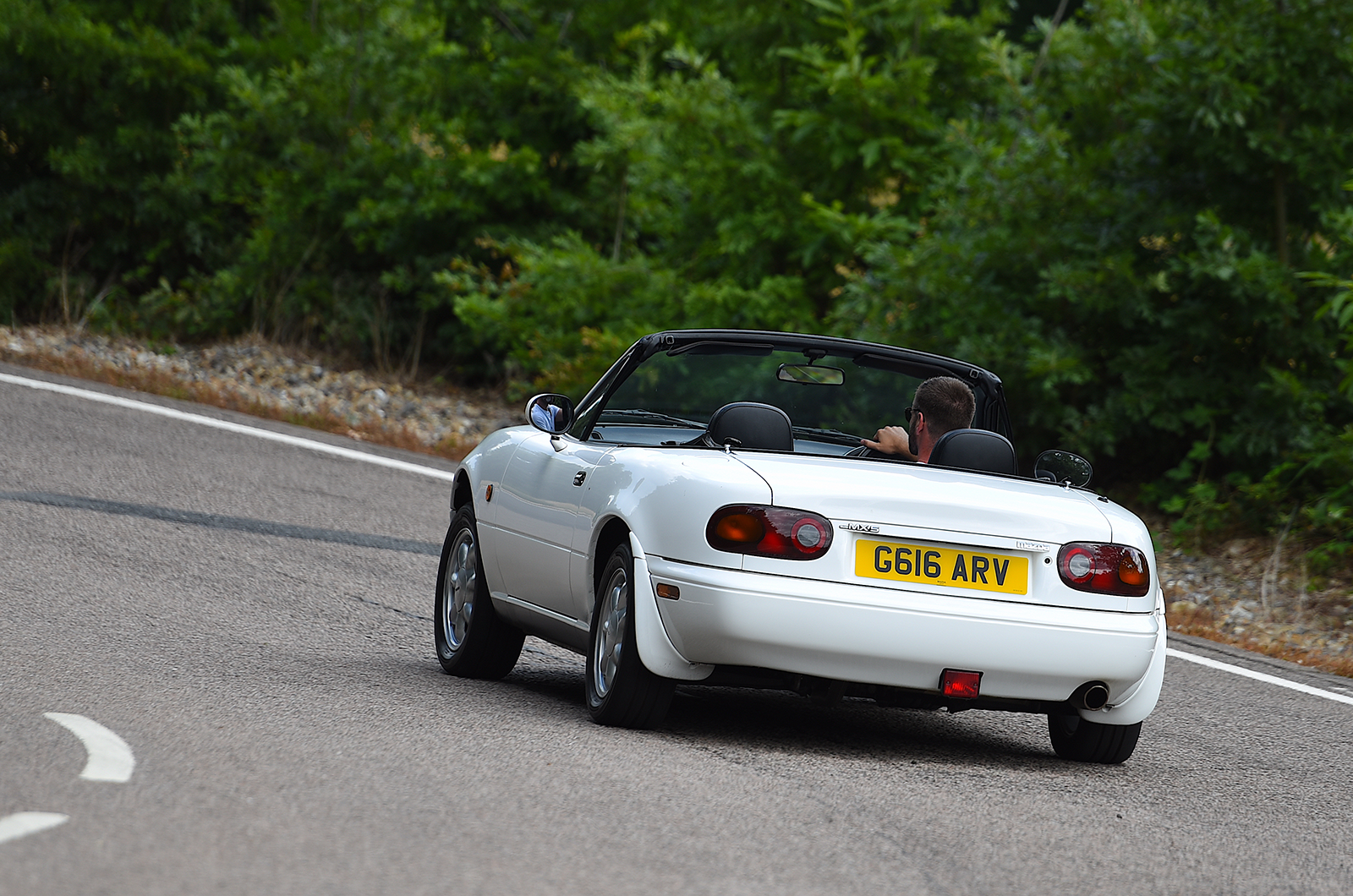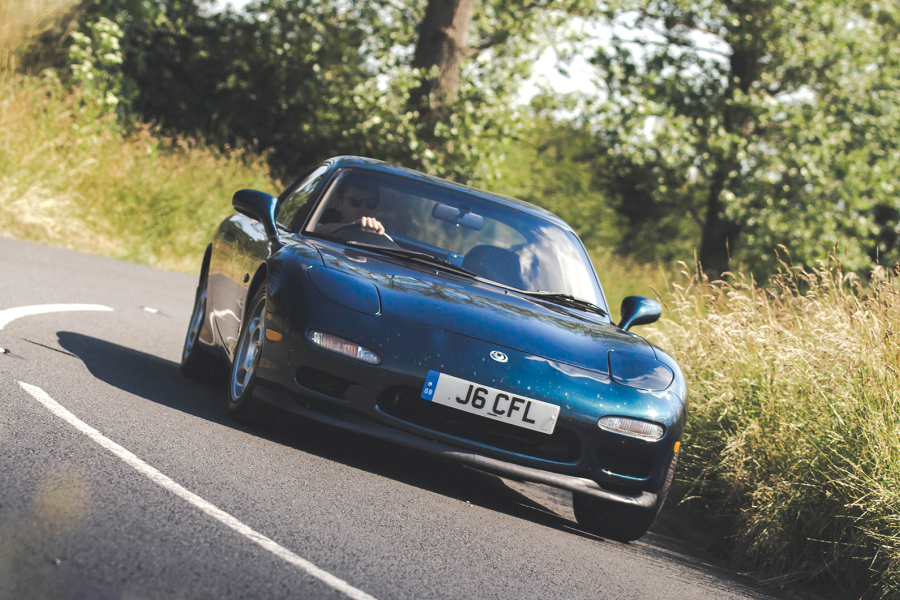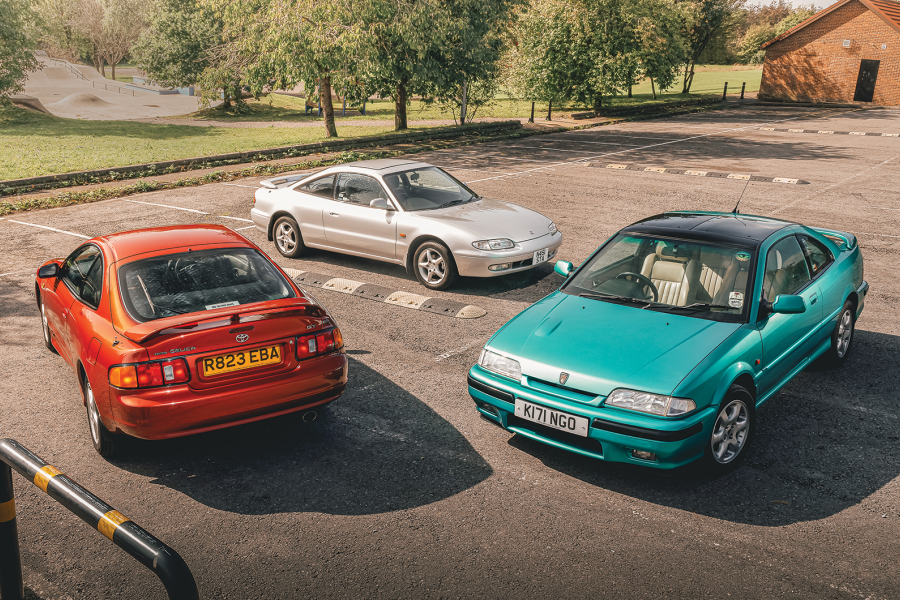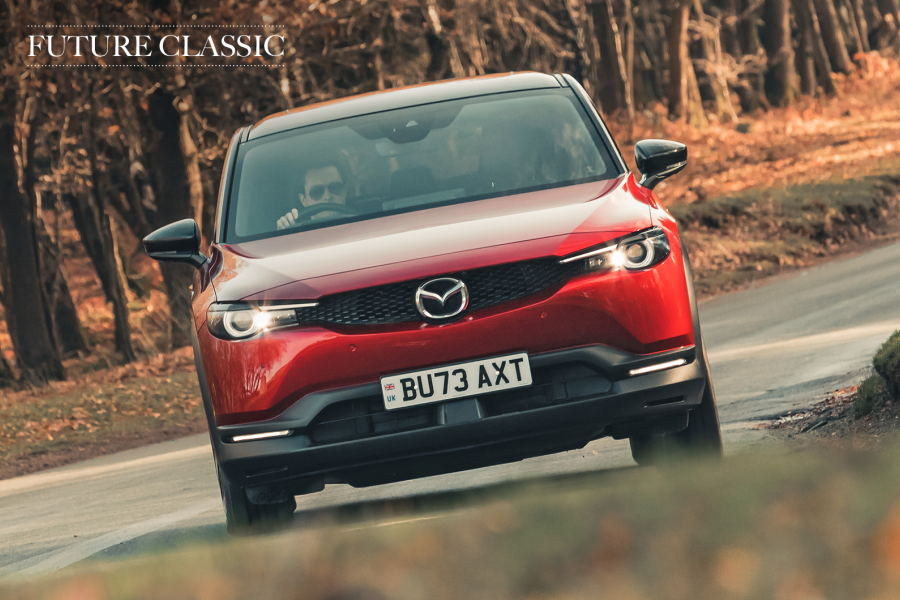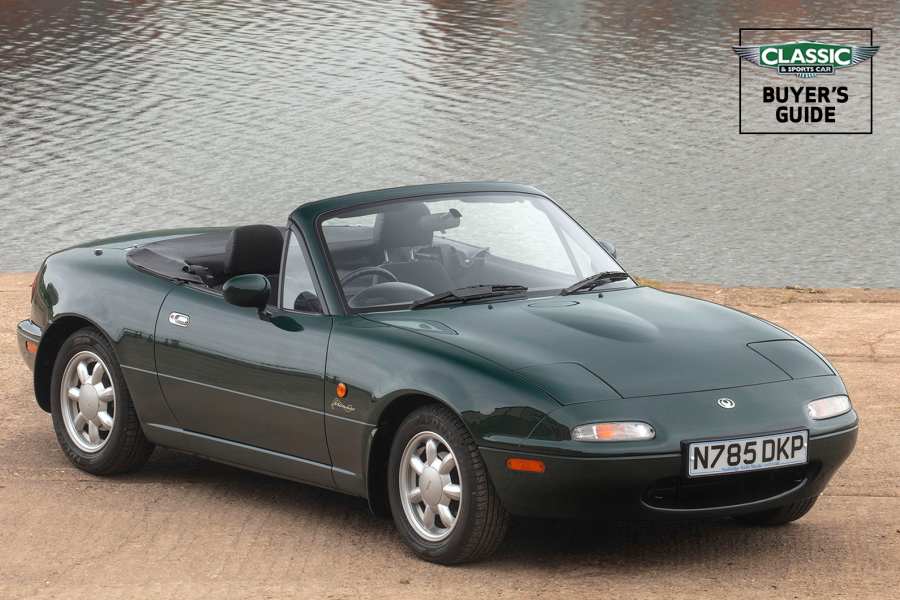The Torsen limited-slip diff came as standard, with a final drive ratio of 4.3:1, as did thicker front and slightly thinner rear anti-roll bars and attractive BBS cross-spoke alloys.
But the selling point for many was a superb set of Recaro carbon-Kevlar fixed-back buckets, so sought-after today that to replace them will set you back more than £1000.
That’s a lot of money for a pair of chairs that you can’t even adjust, but remarkably they’re almost as comfortable as the standard cloth items, and even the one-piece leather pews fitted to other specials such as the VR-Limited.
They hold you in place well, which is a good job because the RS proves to be the sweetest-handling car here and, having got your eye in behind the wheel of the Le Mans and 1.6, it’s tempting to drive it hard from the off.
The 1.8-litre engine is a bit lazier than the smaller version, though the lightened flywheel helps to give the RS a bit more zip.
The bigger motor also feels more mature, with a meatier mid-range that helps you power out of corners, while the Bilstein suspension set-up feels like the perfect compromise between roadholding and ride quality.
The sharp bends and rolling undulations of our test circuit reveal a car that seems perfectly balanced; even on aged tyres the RS offers addictive agility that has you ignoring calls to come in and swinging out for one last lap.
This trio barely scratches the surface of the countless editions to grace the market over the years, each tweaking the recipe and altering the character of the world’s favourite sports car.
Now celebrating its pearl anniversary, the 1.6 is rightly revered for its spaniel-like enthusiasm, accessible chassis and irresistible anthropomorphic smile, and remains the purest of the bunch.
But with such a wide choice of specials including the potent Le Mans and purposeful RS Limited, the MX-5 world is your oyster.
Images: Will Williams
Thanks to Owen Mildenhall, Mazda UK; RS owner Rob Marshall and the MX-5 Owners’ Club
FACTFILE
Mazda MX-5 1.6
- Sold/no built 1989-’97/431,506 (all Mk1s)
- Construction galvanised steel monocoque with central Power Plant Frame
- Engine iron-block, alloy-head, dohc 1598cc ‘four’, Bosch L-Jetronic injection [1839cc RS Limited, turbocharger Le Mans]
- Max power 114bhp @ 6500rpm [128bhp RS Limited, 150bhp Le Mans]
- Max torque 100lb ft @ 5500rpm [116lb ft RS Limited, 154lb ft Le Mans]
- Transmission five-speed manual or four-speed automatic, driving rear wheels
- Suspension independent, by wishbones, coil springs, telescopic dampers, anti-roll bar f/r
- Steering rack and pinion, optional power assistance
- Brakes discs, with servo
- Length 12ft 11in (3950mm)
- Width 5ft 6in (1675mm)
- Height 4ft 1in (1225mm)
- Wheelbase 7ft 5¼ in (2265mm)
- Weight 2105lb (955kg) [990kg RS Limited]
- 0-60mph 9.1 secs [7.9 secs RS Limited, 6.8 secs Le Mans]
- Top speed 114mph [126mph RS Limited, 131mph Le Mans]
- Mpg 29
- Price new £17,000 [Y2,215,000 RS Limited, £20,499 Le Mans]
- Price now from £3000 [from £6/16k RS/LM]
READ MORE
Future classic: Mazda MX-5 30th
Rotary club: Mazda Cosmo, NSU & Citroën
Dream drive: Alfa Romeo Duetto 1600
Greg MacLeman
Greg MacLeman is a contributor to and former Features Editor of Classic & Sports Car, and drives a restored and uprated 1974 Triumph 2500TC
